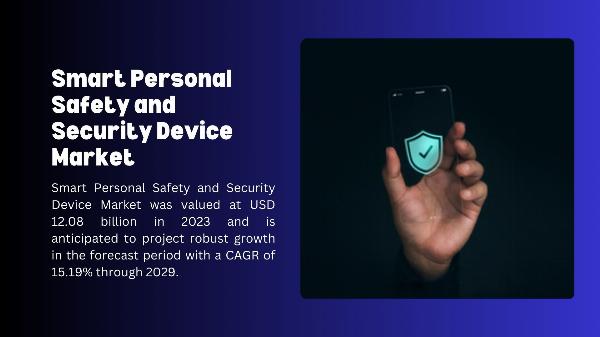Revolutionizing Money Management and the Global Economy: The Rise of Stablecoins

In today's digital age, we've grown accustomed to streaming data, music, and video. But what if we could stream the entire economy? Thanks to stablecoins, this vision is becoming a reality. U.S. dollar stablecoins recently hit a milestone—they now represent about 1% of the U.S. money supply (based on the M2 measure). While this may not seem like a big deal now, it could become a significant player in the near future. Stablecoins are growing at a phenomenal rate, about 55% per year. While this growth rate is unlikely to continue forever, it's not hard to imagine a future where stablecoins represent an amount equal to about 10% of the M1 money supply, which includes cash, notes, and "easily accessible" digital money like current bank accounts. Stablecoins are designed to be easily accessible and usable, which certainly fits into the definition of the money supply. On-chain services are starting to look a lot like standard banking services, except they work faster and cost a lot less. Imagine if moving money around was free and instantaneous. Would you manage your money differently? You might. Indeed, global firms are already starting to think about it. Today, companies keep lots of money in separate locations all around the world. Since moving money across borders is expensive and slow, firms must keep a decent supply of cash on hand locally to pay bills. But if it costs nothing to move money globally and it can be done nearly instantly, the size of those local buffers can be dramatically reduced. This could have far-reaching implications for the global economy. Many companies keep enough cash on hand to cover 12 weeks of expenses. U.S. firms have, in aggregate, about $2 trillion of cash on hand and $2.8 trillion in working capital loans outstanding. Shifting to a financial streaming model could free up trillions in capital for new investment. It could also change people's behavior. The longer the time gap between an action and a reward, the harder it can be to get people to respond. Incentives for things like using services or energy at off-peak times might be much more effective when the payout is immediate. Nobody ever went wrong betting on instant gratification. In conclusion, stablecoins are poised to revolutionize the global economy by making money management more efficient and accessible. As with all technological revolutions, the starting point is always "your mess for less." It's just a matter of time before these changes become mainstream.
With the advent of stablecoins, we are witnessing a revolution in money management that has profound implications for both individual finance and global economic stability.
The advent of stablecoins promises to revolutionize money management and the global economy by not just enhancing efficiency but also fostering stability through digital-age asset safeguards, thereby paving a new path for financial innovation.
The steady emergence of stablecoins poses a transformative challenge for money management and the global economy, signaling an unprecedented era where currency stability meets digital innovation.














